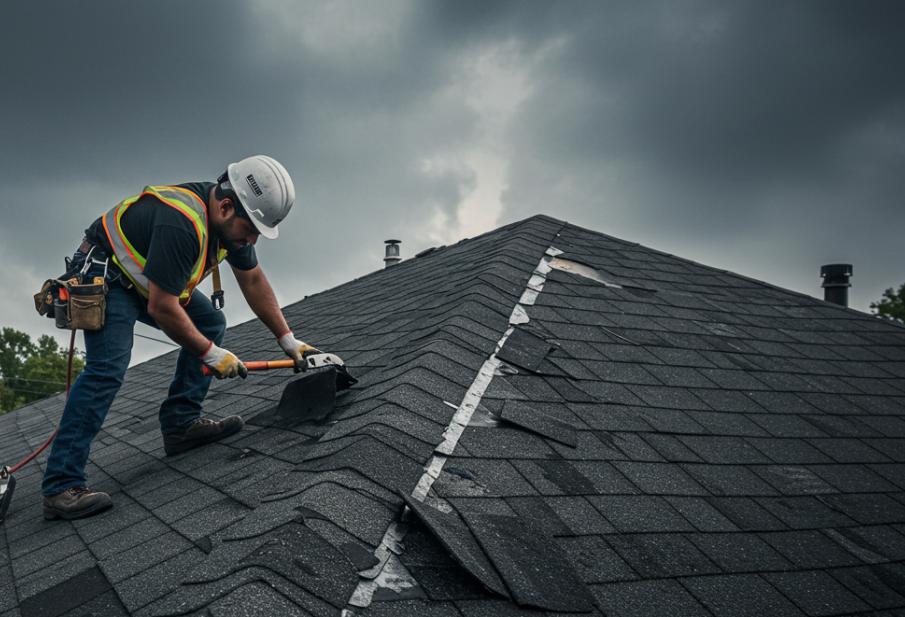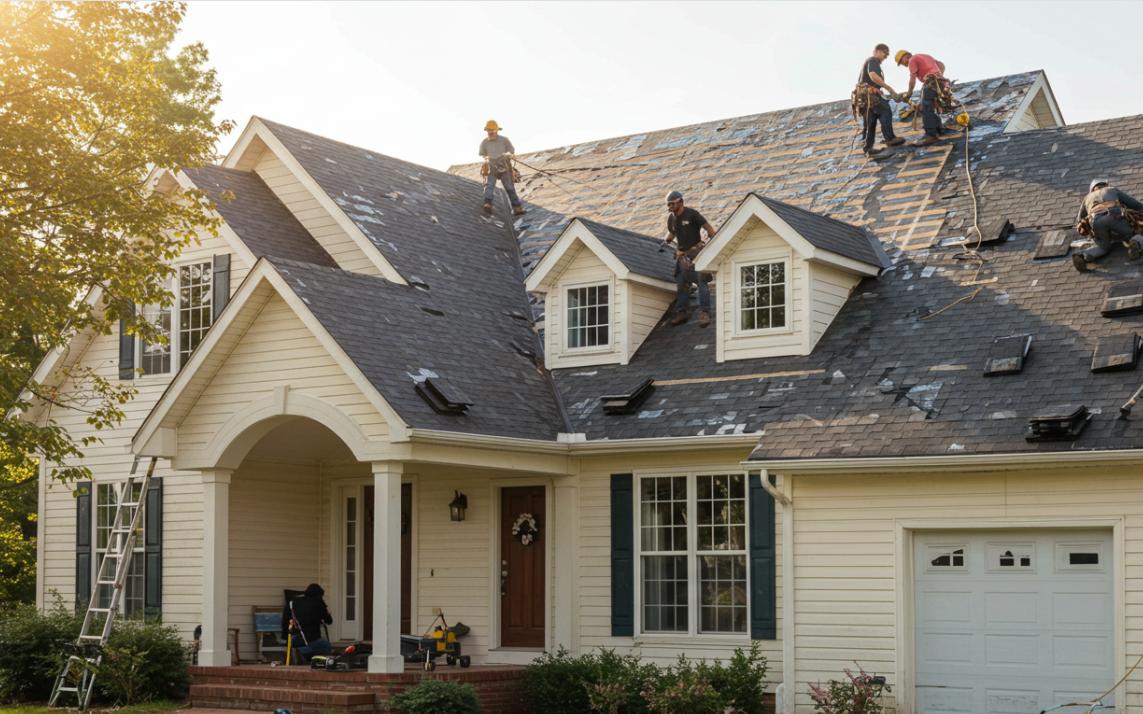
Emergency Roof Repair Tips You Can Do Yourself
Severe weather causes significant roof damage each year, making emergency repairs an urgent concern for homeowners. Knowing how to quickly address these issues can save both time and money. Learn essential tips to manage common roof emergencies effectively.
Recognizing the Signs of Roof Damage
Understanding the signs of roof damage is the first vital step in addressing a problem before it spirals out of control. Look out for missing shingles or those that appear cracked and curled. These issues often signal that moisture can begin to infiltrate your roof, leading to leaks. Water stains on ceilings or walls are also common indicators of a leak hiding somewhere above. If you notice any sagging rooflines, that could be a serious red flag, indicating structural issues that should never be ignored.
Assessing Conditions Before Repairs
Your safety should always be your first priority. Before attempting any repairs, it’s crucial to evaluate weather conditions. Avoid venturing onto your roof during heavy rain, wind, or storms, as these elements can make repairs hazardous. If you spot a leak, placing a bucket beneath it can help manage dripping water until conditions are safe for you to tackle repairs.
Essential Tools and Materials
Equipping yourself with the right tools makes all the difference when managing roof repairs. A simple toolkit should include tools like a ladder, hammer, roofing nails, a tarp, and weather-resistant sealant. Having these items on hand will prepare you for addressing leaks or minor damages as they arise. A checklist of materials not only speeds up can also save you time when facing an emergency.
Documenting Damage for Insurance Purposes
Taking clear photos of any damage provides essential documentation for insurance claims. Make sure to capture different angles and close-ups that illustrate the extent of the issues. Proper documentation will assist you when contacting your insurance provider, especially regarding coverage for emergency repairs. Good records can also help roofing professionals understand the damage during their assessments.
Temporary Solutions: Tarps and Sealants
Once you’ve identified the problem areas, your next step is to implement temporary solutions. Tarps can be a quick fix for major leaks or exposed areas. Cover the damaged section with a tarp, securing it with heavy-duty nails to ensure it stays in place. Additionally, roofing sealant works efficiently on smaller holes or cracks. Apply the sealant according to the manufacturer’s instructions, and remember this is just a temporary reprieve until professional repairs are made.
Basic Repairs You Can Handle Yourself
Some minor roof repairs can easily be done independently. If you’ve noticed missing shingles, visit your local hardware store for replacements. Ease the installation by following guidelines, ensuring that new shingles are aligned with existing ones. Use roofing cement to fix small cracks or holes, which can prevent further damage. Always wear safety gear, such as gloves and shoes with good traction, when working on your roof.
When to Call in the Professionals?
Ample roof damage may warrant professional intervention. If you’ve encountered issues beyond your skill level, such as sagging roofs or extensive leaks, it’s wise to call for a professional roofing contractor. They offer expertise and provide a thorough assessment that can determine the best course of action. Attempting to fix complicated issues may lead to more significant damage down the line, costing you more than you intended to save.
The Importance of Regular Maintenance
Once you’ve addressed immediate emergencies, regular roof maintenance is essential to ensure longevity and durability. Schedule routine inspections to catch issues early, preventing them from developing into severe problems. Clear debris, such as leaves or branches, from your roof and gutters regularly to avoid blocking drainage. The more you maintain your roof, the less likely you’ll face emergencies in the future.
| Task | Frequency | Estimated Time |
|---|---|---|
| Routine Roof Inspections | Twice a Year | 1 Hour |
| Gutter Cleaning | Seasonally | 1 Hour |
| Minor Repairs (e.g., Missing Shingles) | As Needed | 2-4 Hours |
| Major Repairs (e.g., Leaks) | Immediately | Varies |
With these emergency roof repair tips, you’ll feel more equipped to handle unexpected challenges.
Don’t let a leaky roof dampen your spirits! Acting quickly and decisively on these emergency repair tips can make all the difference. For extensive damage or to ensure long-term safety, consider reaching out to a specialized company like Windmill Roofing & Exteriors. Your home deserves the best care!

